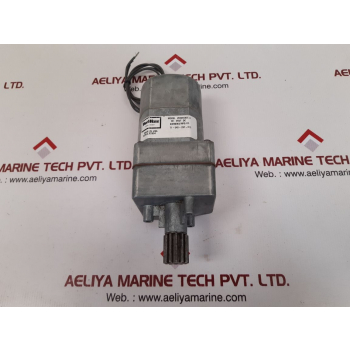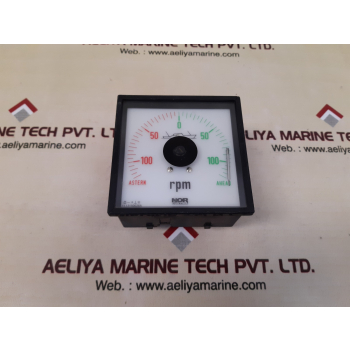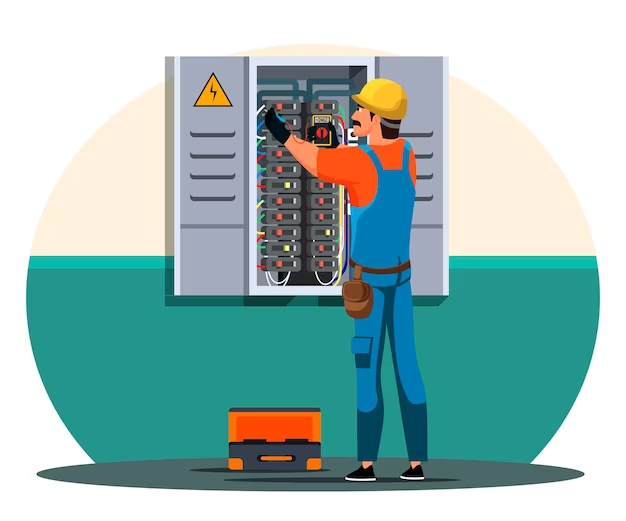The maritime industry has witnessed significant advancements in automation, revolutionizing the way vessels are operated and controlled. At the heart of marine automation lies a diverse range of motors, each tailored to perform specific tasks and functions with precision and efficiency. From propelling ships through water to handling cargo and auxiliary operations, motors play a critical role in ensuring safe, reliable, and optimized maritime operations. In this comprehensive overview, we will explore the various types of motors used in marine automation, their applications, and the significance of choosing the right motor for different marine tasks.
1. Electric Propulsion Motors:
Electric propulsion motors are at the forefront of the ongoing shift towards greener and more sustainable maritime practices. These motors drive the ship's propulsion system, replacing traditional diesel engines with electric power. Electric propulsion offers numerous advantages, including reduced emissions, improved fuel efficiency, and enhanced maneuverability. Electric propulsion motors are commonly used in modern hybrid and all-electric vessels, revolutionizing the maritime industry's approach to energy consumption and environmental impact.
2. Diesel-Electric Propulsion Motors:
Diesel-electric propulsion systems combine diesel engines with electric motors to drive the propellers. These systems offer flexibility and efficiency, enabling vessels to operate at varying speeds while maintaining optimal fuel consumption. Diesel-electric propulsion is popular in marine applications, ranging from large cargo ships to passenger ferries. The use of electric motors allows for dynamic power management, reducing fuel consumption and emissions while ensuring reliable performance.
3. Variable Frequency Drive (VFD) Motors:
Variable Frequency Drive (VFD) motors are versatile and widely employed in marine automation systems. VFD motors allow for precise control of speed and torque by adjusting the frequency and voltage supplied to the motor. This flexibility makes them suitable for a range of marine applications, such as pumps, fans, and other auxiliary machinery. VFD motors are essential for achieving energy efficiency and optimizing power consumption on board ships.
4. Servo Motors:
Servo motors are high-performance motors that excel in precision control and accurate positioning. These motors are extensively used in marine automation for tasks that require precise motion control, such as robotic arms, radar positioning, and satellite tracking systems. Servo motors offer exceptional responsiveness and repeatability, making them indispensable in critical operations where precise movements are crucial.
5. Synchronous Motors:
Synchronous motors are known for their constant speed and synchronous rotation with the frequency of the power supply. They are commonly used in marine applications that require constant-speed propulsion, such as ferries, passenger ships, and some cargo vessels. Synchronous motors offer reliable and efficient performance in maintaining a steady rotational speed, contributing to stable and smooth navigation.
6. Induction Motors:
Induction motors are workhorses of marine automation, widely used in various applications on ships. Their robust and reliable design makes them suitable for propulsion, pumps, compressors, and other essential systems. Induction motors offer a balance of performance and cost-effectiveness, making them a popular choice in the maritime industry.
7. Permanent Magnet Motors:
Permanent magnet motors have gained popularity in recent years due to their high efficiency and compact size. These motors use permanent magnets instead of traditional electromagnets, resulting in reduced energy losses and improved overall efficiency. Permanent magnet motors are used in propulsion systems, thrusters, and various auxiliary equipment on modern ships, contributing to better energy utilization and increased operational savings.
8. Thruster Motors:
Thruster motors are crucial for dynamic positioning and maneuverability of vessels, especially in offshore operations and crowded harbors. These motors are often electrically driven and capable of providing precise thrust in any direction. Thruster motors allow ships to maintain their position without anchoring, making them essential for offshore drilling rigs, research vessels, and dynamic positioning systems in heavy seas.
9. Hydraulic Motors:
Hydraulic motors are utilized in marine automation systems that require high torque output. These motors use hydraulic fluid pressure to convert fluid energy into rotational motion. Hydraulic motors find applications in various marine systems, such as winches, steering systems, and cargo handling equipment.
10. Stepper Motors:
Stepper motors are used in specific marine automation tasks that require precise control over angular positioning. They offer excellent accuracy and repeatability, making them suitable for applications like valve control, instrument positioning, and marine navigational equipment.
The maritime industry relies heavily on various types of motors to power and control vessels, ensuring safe and efficient operations. From electric propulsion motors to thruster motors and hydraulic motors, each type serves a unique purpose in marine automation. The ongoing emphasis on sustainability and energy efficiency has led to the increasing adoption of electric and hybrid propulsion systems, transforming the maritime industry towards a greener future. As technology continues to advance, motors will play a pivotal role in shaping the future of marine automation, driving innovation and sustainable practices across the maritime sector.









